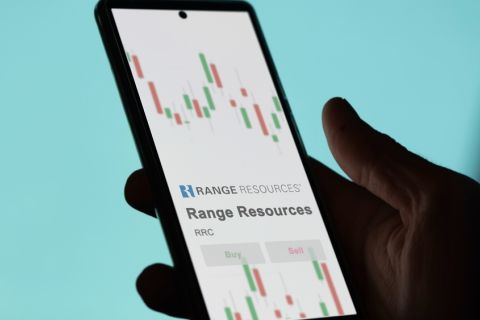As crude oil prices continued to fall to less than $50 per barrel (bbl) in January, John Hofmeister, former president of Shell Oil Co. and founder and CEO of Citizens for Affordable Energy, looked to provide some perspective to attendees during “The New North American Opportunity” panel at Privcap’s recent Energy Game Change conference in Houston.
Hofmeister opened the discussion by telling attendees, “First of all, we have to remind ourselves that global demand is incessantly headed towards 100 million barrels a day [MMbbl/d] of consumption, and if we lose sight of that, all is lost.”
“The inflated, over $100 value per barrel was too much,” he said. “As a consequence, the global economy has really been stymied by energy costs that are just out of the range of everyday people, including Americans.”
According to Hofmeister, declining prices are an opportunity for the market to find a reasonable cost for oil “within a more rational, market-driven manner,” and that cost won’t be at $60 per bbl. The underlying demand is too high, he said, with production only exceeding that demand by about 1 million.
“While we’re going through a correction, it’s a necessary correction,” he said, though “It’s been a bit more volatile than it had to be. But we will find ourselves later next year, probably getting back to some normalcy.”
In the meantime, though, panel moderator Claire Farley of global investment firm Kohlberg Kravis Roberts & Co. LP wanted to know, how will the operators handle the correction period?
The short answer, according to Hofmeister, is time.
With the majors, “time is decades, not just a five-year [plan], not a 10-year [plan], but they are positioning for 2030, 2040, 2050, in what they’re doing today,” he said. Their long-term outlooks provide the stability within the market and the “underlying framework” of the industry, Hofmeister said.
The smaller, independent operators are the most vulnerable within the current market, he warned.
“They tend to be more leveraged, they tend to be more dependent upon their entrepreneurial instincts,” he said, while also emphasizing how necessary they are to the industry’s overall health. “They tend to be very good at what they do, and they have great hound dogs sniffing out opportunities all the time. … They are the marginal producers who really do bring the extra ‘oomph’ to the industry.”
However, their focus on “the near-term, opportunistic play, the near-term responsiveness to the market” also means that “if we lose 500 drilling sets next year, which is what some analysts are predicting, they’ll be the first to fall,” Hofmeister said.
For the future of the energy industry in the U.S., Hofmeister looks to natural gas, especially as a way to increase competition at the pump. Through a combination of private equity investment in gas infrastructure and two relevant regulatory changes, he said a viable strategy involves giving U.S. consumers the choice to move away from oil. The necessary regulatory changes include “making methanol a legal fuel and enabling companies to shift today’s automotive products to a flex-fuel software that’s already in the fueling system in the car.”
“Those two regulatory changes, along with private investment money to build the ethanol infrastructure, the methanol infrastructure, more CNG, more LNG and more GTL [gas to liquids]” could displace oil as the primary fuel used by consumers, Hofmeister said. “That would be the path to U.S. energy independence.”
Recommended Reading
US Raises Crude Production Growth Forecast for 2024
2024-03-12 - U.S. crude oil production will rise by 260,000 bbl/d to 13.19 MMbbl/d this year, the EIA said in its Short-Term Energy Outlook.
Exxon Ups Mammoth Offshore Guyana Production by Another 100,000 bbl/d
2024-04-15 - Exxon Mobil, which took a final investment decision on its Whiptail development on April 12, now estimates its six offshore Guyana projects will average gross production of 1.3 MMbbl/d by 2027.
Range Resources Expecting Production Increase in 4Q Production Results
2024-02-08 - Range Resources reports settlement gains from 2020 North Louisiana asset sale.
To Dawson: EOG, SM Energy, More Aim to Push Midland Heat Map North
2024-02-22 - SM Energy joined Birch Operations, EOG Resources and Callon Petroleum in applying the newest D&C intel to areas north of Midland and Martin counties.
CNOOC Makes 100 MMton Oilfield Discovery in Bohai Sea
2024-03-18 - CNOOC said the Qinhuangdao 27-3 oilfield has been tested to produce approximately 742 bbl/d of oil from a single well.




